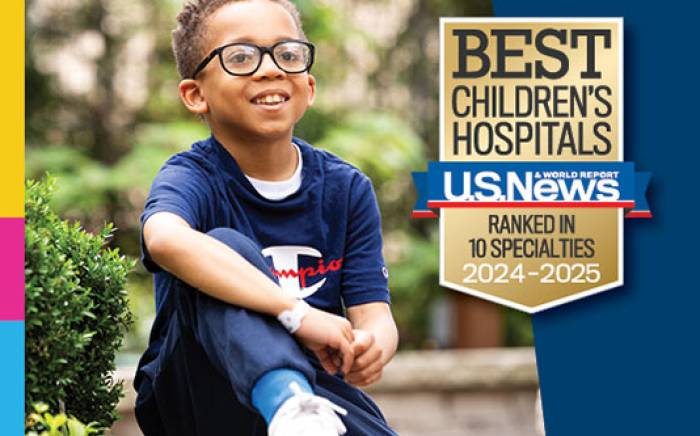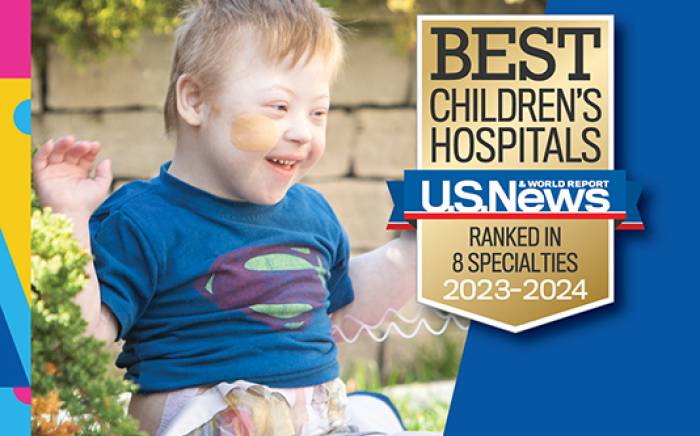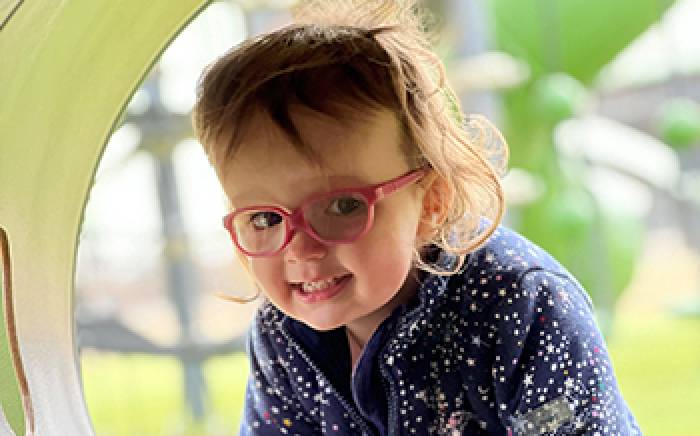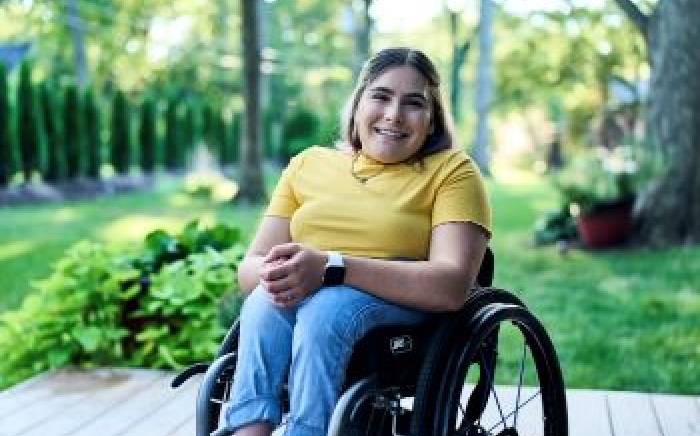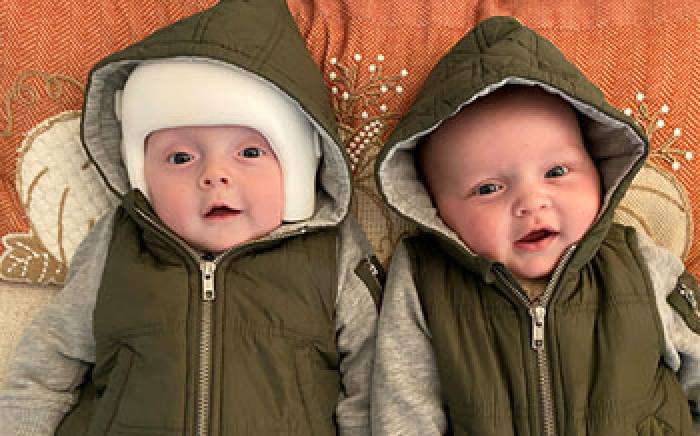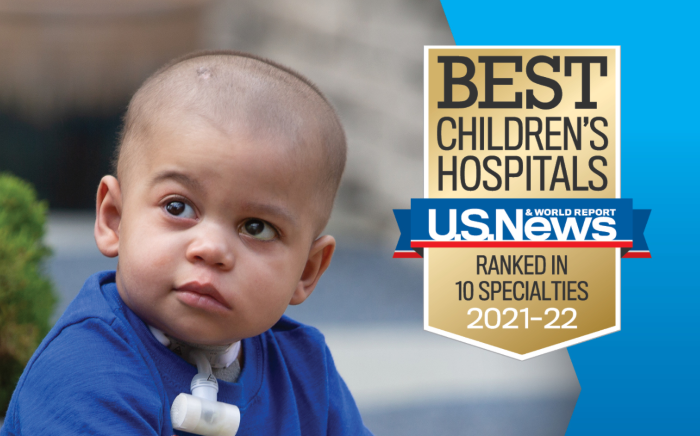One look at Landon Snethen, and you can tell there’s a lot going on in that head of his. Landon is a happy, busy 1-year old boy, but when he was only three weeks old, his family had real concerns.
“His head was long and skinny instead of round,” says his mother, Brooke Burnett. “It just kept changing shape and changing shape, and I was getting really scared.”
A CT scan was performed on Landon, and he was referred to St. Louis Children’s Hospital. The minute the doctors saw him, they knew, recalls his mother. “They looked at him, and they said, 'He has craniosynostosis, and we have good surgical options to correct it."'
Before surgery
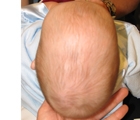
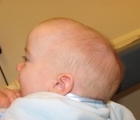
Craniosynostosis refers to premature fusion of one or more of the joints between the bone plates of the skull. Landon had sagittal synostosis, the most common kind of craniosynostosis, in which fusion of the midline suture can cause pressure, deformity, and interference with normal brain and skull growth.
“They had scheduled the procedure for around Thanksgiving,” Brooke Burnett says, “but his head was changing so much. So we called and made an appointment to come in before the surgery.” The timing of that call was important.
The doctors of the Craniosynostosis Program at St. Louis Children's Hospital were getting ready to introduce a less invasive way to treat craniosynostosis. In endoscopic craniosynostosis repair, two small incisions are made at the top of the head, and segments of the bone are removed to release the fusion without plating or reshaping the skull. Unlike open craniosynostosis repair, the endoscopic surgery can often be performed without a blood transfusion, and can significantly reduce scarring and swelling in the patient. It looked as though Landon Snethen might be the first candidate for this new procedure.
When Brooke Burnett heard about the option, her first thought was, “Do I really want my child to be the first baby” to have this surgery? But, after weighing the pros and cons, her mind was made up. Landon turned out to be the third patient to receive the endoscopic treatment.
The hardest part for his mother was handing him over to the doctors. After that, it was easy. “They called me and let me know every step of the procedure. When it was over, Landon was better immediately. His head was more round. I was so excited, I called my mom and said, ‘You’ve got to see how he looks!’”
After surgery
As his first birthday approaches, Landon looks great, wearing the customized molding helmet that’s a part of his follow-up care. Landon loves his helmet. Other kids love it, too.
“You would not believe how many little boys are jealous of his helmet,” says his mother. “You walk through the mall, and they say, ‘Oh Mom, I want one of those! Why does he get to wear a hat?”
Brooke Burnett wears a smile. “I am very, very grateful” she says. “When you have people to support you and reassure you that they know what they’re doing, it will be okay. It was okay!”
Craniosynostosis Repair – Open vs. Endoscopic
Open Treatment
- Deformed bones removed, reshaped and replaced
- Incision from ear to ear
- Dissolving plates and screws
- Blood transfusion often needed
- 3-5 day hospital stay
- Molding helmet usually not needed
Less Invasive Endoscopic Treatment
- Bone segments removed without plating or reshaping
- Two small incisions of 1.5 inches each
- Custom molding helmets worn for up to one year after surgery
- Blood transfusion generally not needed
- 1-2 day hospital stay
- Significantly reduced scars
- Greatly reduced discomfort and swelling


